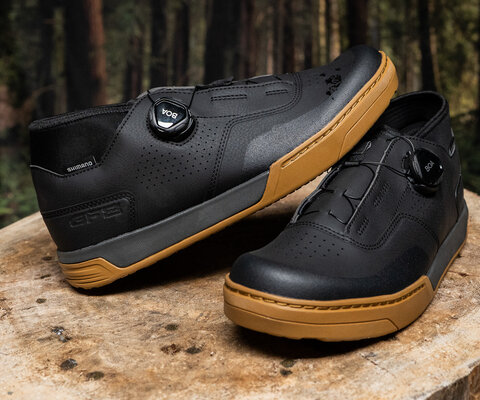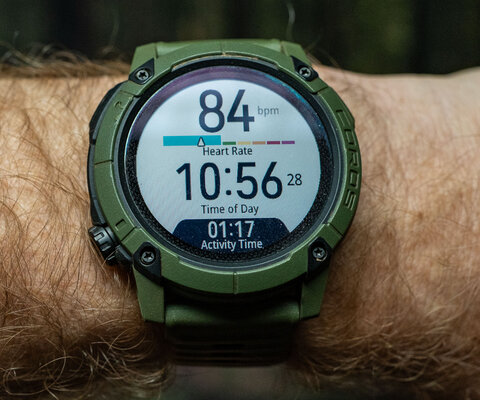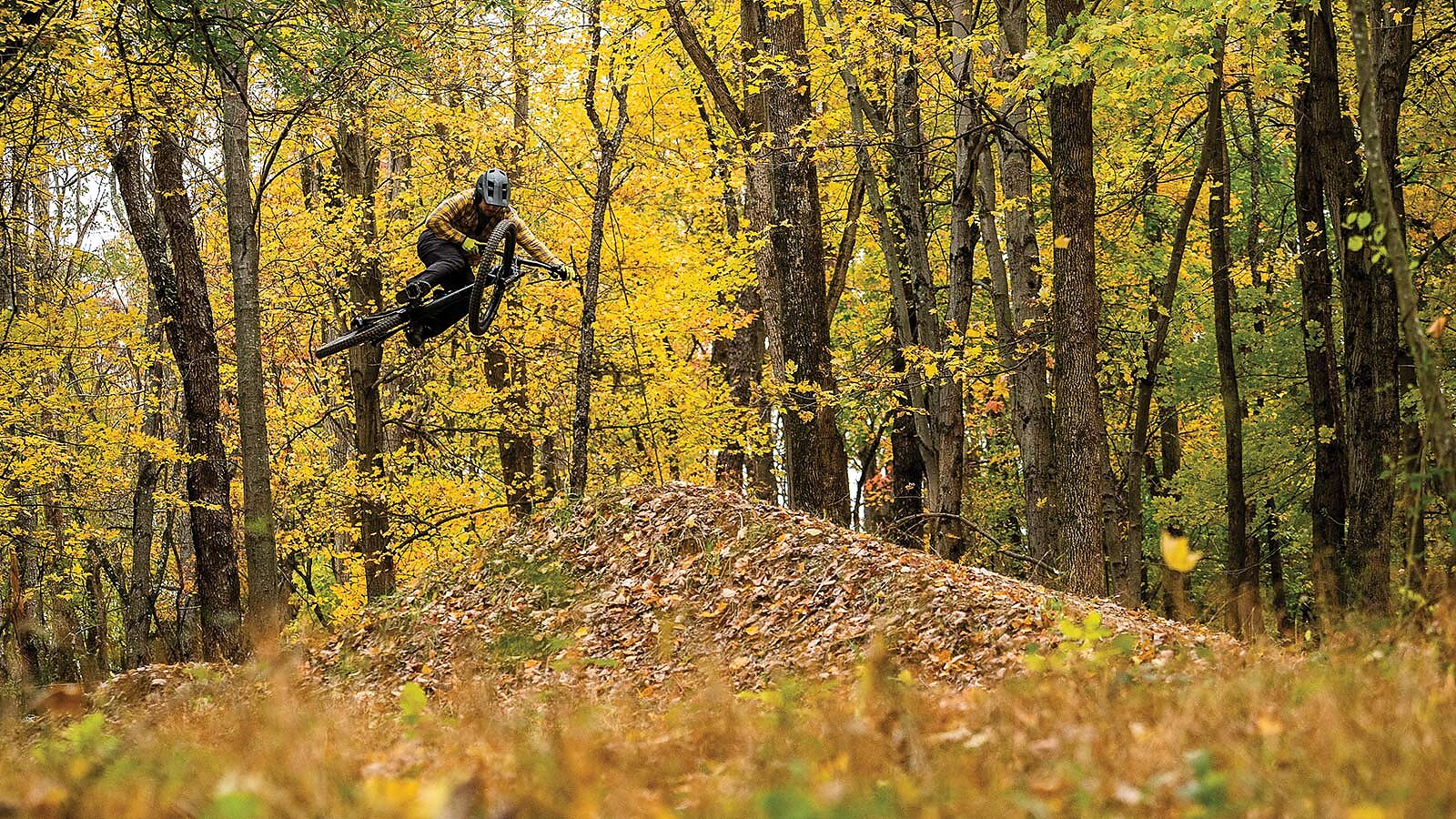
Pay Dirt The Creation of Central Ohio's Downhill Hub
Words and Photos by Brett Rothmeyer
Central Ohio is more known for rolling pastures and farming communities than radical riding terrain, but trailbuilders here are known for making the most of vertical relief. Perhaps nowhere is this truer than in Newark, a quaint town about 40 miles east of the state’s capital, Columbus. Mountain bikers here have been quietly scratching in trails for decades, but they’ve largely flown under the radar, and it wasn’t until recent years that Newark started gaining a reputation for gravity-fueled fun
The epicenter of this activity is Horns Hill Park, situated on a breezy hill that affords sweeping views of the town center to the south. With only 249 feet of vertical gain from the park entrance to the highest point, Horns Hill nonetheless stands out amid its mostly flat surroundings. What the hill lacks in grandeur, however, it more than makes up for in steepness—and creative trailbuilding is transforming it into one of the state’s top destinations for downhill and jump trails.
On weekends starting in early spring, the park buzzes with riders, and two dedicated shuttle trucks with trailers haul eager rippers to the top during specified hours. Riders are encouraged to “tip the drivers,” and most of those donations go into a fund dedicated for trail maintenance. On days when the official shuttles aren’t running, private vehicles are allowed to make drop-offs, and some locals prefer to simply pedal up the road to the top.
Though the Horns Hill network has grown in popularity in recent years, it was far from an overnight success, with a quarter-century’s worth of intermittent building laying the groundwork for what it is today.
It all started in a high school classroom almost 28 years ago when a student suggested to his teacher, Bob Bevard, now 72, that he try mountain biking. Having previously raced moto enduros and hare scrambles, Bevard initially brushed the bicycle off as being too slow. He eventually warmed to the idea and bought a Trek Y Series bike with three inches of travel and cantilever brakes and started mountain biking at the age of 44.
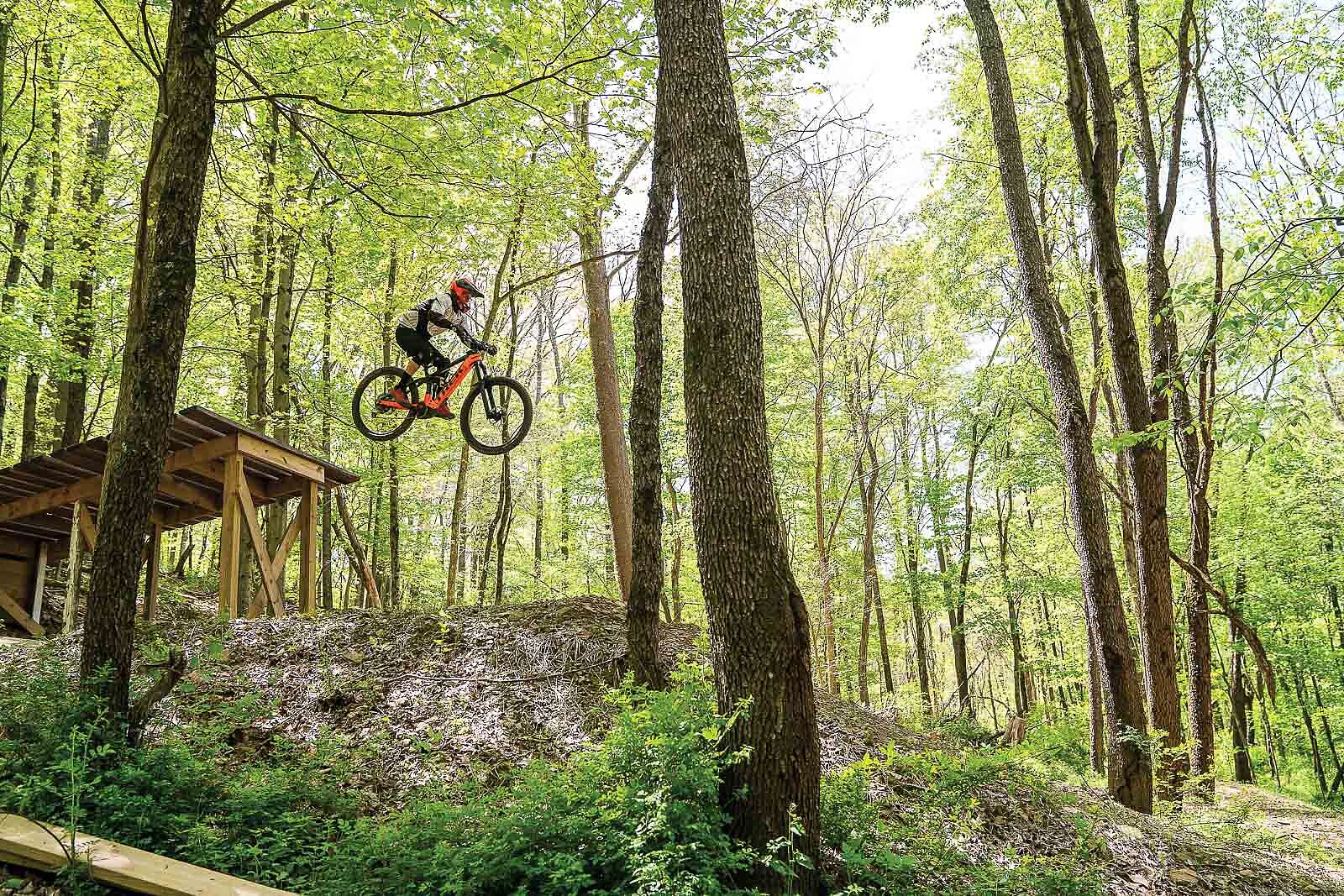
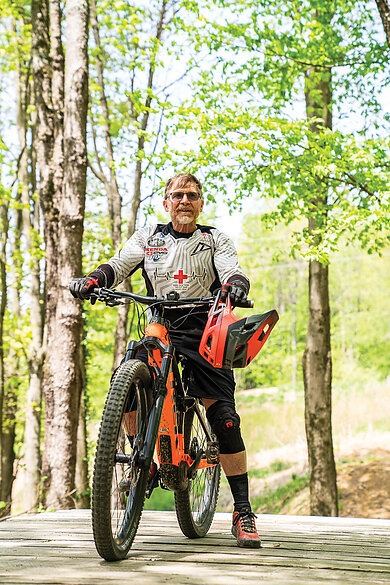
Ten years later, Bevard bought a downhill bike and took it to Snowshoe, West Virginia, where he experienced his first proper downhill rush on a trail called Powerline. He was so impressed that after returning from his trip he rented an excavator to see if he could replicate what he’d ridden in Snowshoe in his backyard. Operating the machine was intimidating, but he persevered and added a few berms and jumps to the wooded hillside of his own property.
“My thoughts were that would be my prototype,” Bevard said of his backyard. “And someday I would take what I learned to build at Horns Hill.”
Serendipity was on his side. Bevard expressed his interest in building at Horns Hill at a local bike shop around the same time that a city parks director had stopped by the same shop to see if anyone wanted to build trails in the park. The shop owner connected the two and building soon commenced.
Along with a few friends and a handful of shovels, Bevard built the first trail, Drop In, naming it after a massive wooden feature he made using lumber stripped from his father’s old deck.
“The drop was just about eight feet or so from the deck to the ground,” Bevard says.
It wasn’t long before Bevard was itching to build with a machine at Horns Hill, and he bounced the idea of renting an excavator to a friend. He was referred to Dave Huff, another motocross enthusiast turned mountain biker who had lived in Newark after college while working as a research and design engineer for a motorcycle company. Huff had experience building moto tracks with a machine and was keen to help out. The two got down to work in the summer of 2007, cutting in two more trails—Joyride and the double-black Pro DH— with the help of volunteers.
The scene at Horns Hill started to come alive, with Bevard even providing a shuttle service with his pickup truck and a small trailer.
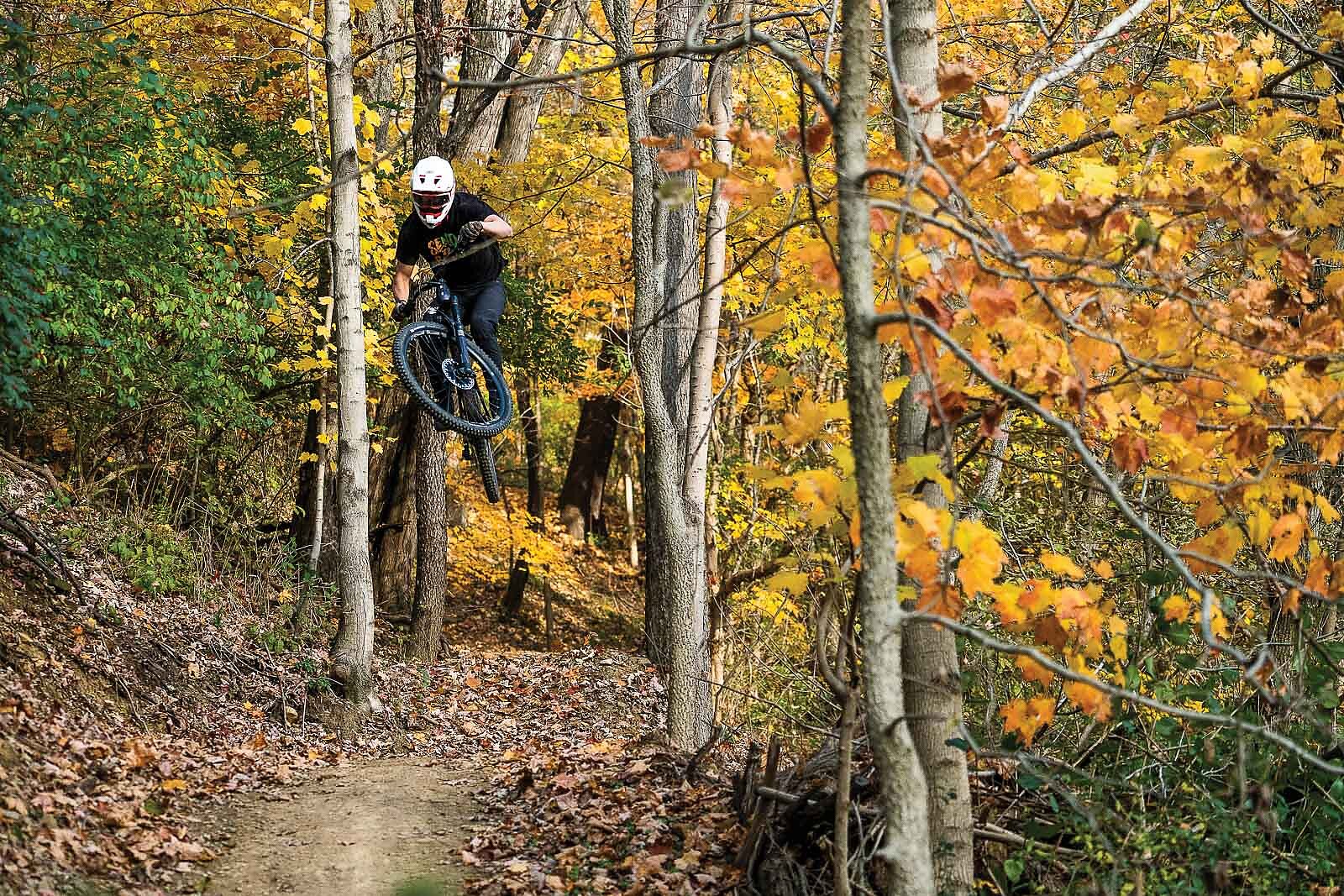
But by the time they’d finished their fourth trail a new parks director had been appointed and they were blocked from building any new trails. The park was temporarily closed and the gates at the bottom of the hill were locked. Mountain bikers, including Bevard, still regularly visited the park, but the builders’ shared vision of what Horns Hill could be was on hold.
After several years of waiting in limbo, Bevard became friends with Roger Morgan—and this friendship would ultimately lead to a rebirth of trailbuilding on Horns Hill. Morgan had been invited to ride Horns Hill by some regulars who had met him while riding at the Forry Preserve trails in the neighboring town of Heath.
“I showed up on my regular trail bike and a half-face helmet, and these guys were in hockey and motocross gear,” Morgan says, adding that after riding the steeper Horns Hill trails he broke out some of his old moto gear for his next ride at the park.
Morgan, who owns and operates a general contracting business, possessed heavy machinery and had access to city officials who eventually allowed trailbuilding to reconvene at Horns Hill in 2018. Huff, who in 2017 founded his own trailbuilding company, Innovative Dirt Solutions, would make trips back to Newark in between other projects to run the machines that Morgan was providing. The crew got things cranking, adding trails such as Gauntlet, Dirty 30 and a massive double-black jump line called Slim Shady that the 72-year-old Bevard can often be found sending it down.
“We had spent most of the year checking out other bike parks and taking things we liked about them and implementing those ideas at Horns,” Morgan says.
For Gauntlet, they trucked in several dozen tons of rock that had been donated by a local farm and Huff used an excavator to place them meticulously, creating rock gardens and drops that challenge even the most skilled of riders. With limited space, the terrain is used to its fullest potential.
“We understand that we are not going to be the next Windrock or Kanuga,” Morgan says. “We just don’t have the elevation or the acreage. We are just hoping to deliver the most bang for your buck with what we got.”

Their passion and vision for Horns Hill has been infectious, both to other riders and Newark city officials. When Morgan and Bevard each put $10,000 of their own money into an account dedicated to the trails, the city matched those funds to help them reach their goals. With the trust of city officials and both Morgan and Bevard on the board of the Licking County chapter of the Central Ohio Mountain Biking Organization, there is minimal oversight of their trail projects.
Word of the gravity-filled goodness has continued to spread and riders from surrounding areas are coming to see for themselves. In 2019, Blake and Chase Cherubini began riding at Horns Hill and helping with trailbuilding and maintenance. The brothers, both savvy with cameras and social media, have since posted several videos from Horns Hill on their YouTube channel, attracting even more riders looking to go big from further afield.
With the increase in riders, donations from the weekend shuttles started to pile up, raising even more money for the trail system. Several summer fundraising events have been held, and Trek Bicycles recently donated $25,000 to cover the cost of building a dual-slalom course just off the park’s main road. Meanwhile, the city is planning to build bathrooms with showers as well as some designated camping spots.
This success is resonating throughout central Ohio, and there is talk of expanding the Horns Hill trails into adjacent properties and adding another trail system within the Newark city limits. Today, local trailbuilding days often attract more than 30 volunteers with shovels in their hands.
“A lot of our success was simply the right people at the right time,” Morgan says. “If there was a real positive from the COVID experience, it was that people were looking for things to do.”
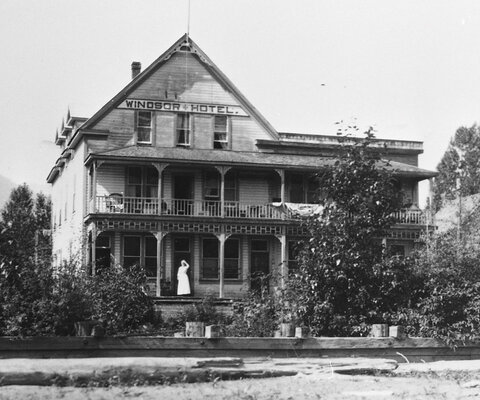
![“Brett Rheeder’s front flip off the start drop at Crankworx in 2019 was sure impressive but also a lead up to a first-ever windshield wiper in competition,” said photographer Paris Gore. “Although Emil [Johansson] took the win, Brett was on a roll of a year and took the overall FMB World Championship win. I just remember at the time some of these tricks were still so new to competition—it was mind-blowing to witness.” Photo: Paris Gore | 2019](https://freehub.com/sites/freehub/files/styles/grid_teaser/public/articles/Decades_in_the_Making_Opener.jpg)


